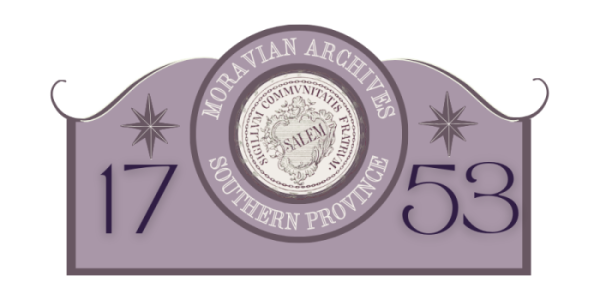First Moravian Church, Georgia
In the late 19th century the Sunday school movement gave rise to a number of new churches in the Southern Province. In the late 20th century the “fellowship” concept of church extension saw another burst of new churches. First Moravian of Georgia was the first congregation to come from the “fellowship” way of growth by organizing in cities where no Moravian church exists, but where there are enough interested Moravians to form a group.
In February 1973 Lewis Swaim, the Province’s director of Homeland Missions, visited Moravians in the Atlanta area, and 27 of them gathered for a day-long meeting on March 18 at the Holiday Inn Northeast. At the next meeting on April 1 a fellowship was formed with officers elected and 20 families expressing interest in joining. By fall the Atlanta Fellowship began circulating a petition to become a full congregation of the Southern Province. In response, PEC called John L. (Jack) Vaiden as organizing pastor, and at his installation on October 6, 1974 — held in the clubhouse of the apartment complex where he lived — an empty doughnut bucket served as the offering plate. The first Christmas service that December had candles from Mayodan, mugs from an airline, and buns, mug trays, and candle trays provided by the members themselves.
Finally on March 23, 1975, the charter was signed with 53 names, and First Church of Georgia was formally organized as a congregation of the Southern Province.
A building site was selected on Hugh Howell Road in suburban Stone Mountain, and a 200-seat sanctuary was constructed in the first half of 1978, and consecrated at the August Thirteenth festival. Less than a decade later an education building was constructed and dedicated on March 29, 1987.
Though the fellowship plan of forming churches relies on those who are already Moravian, First Church has always reached out into the wider community for membership. The idea at First has been that “any and all people would be welcomed to worship, to fellowship, and to become ‘part one of each other.’”
